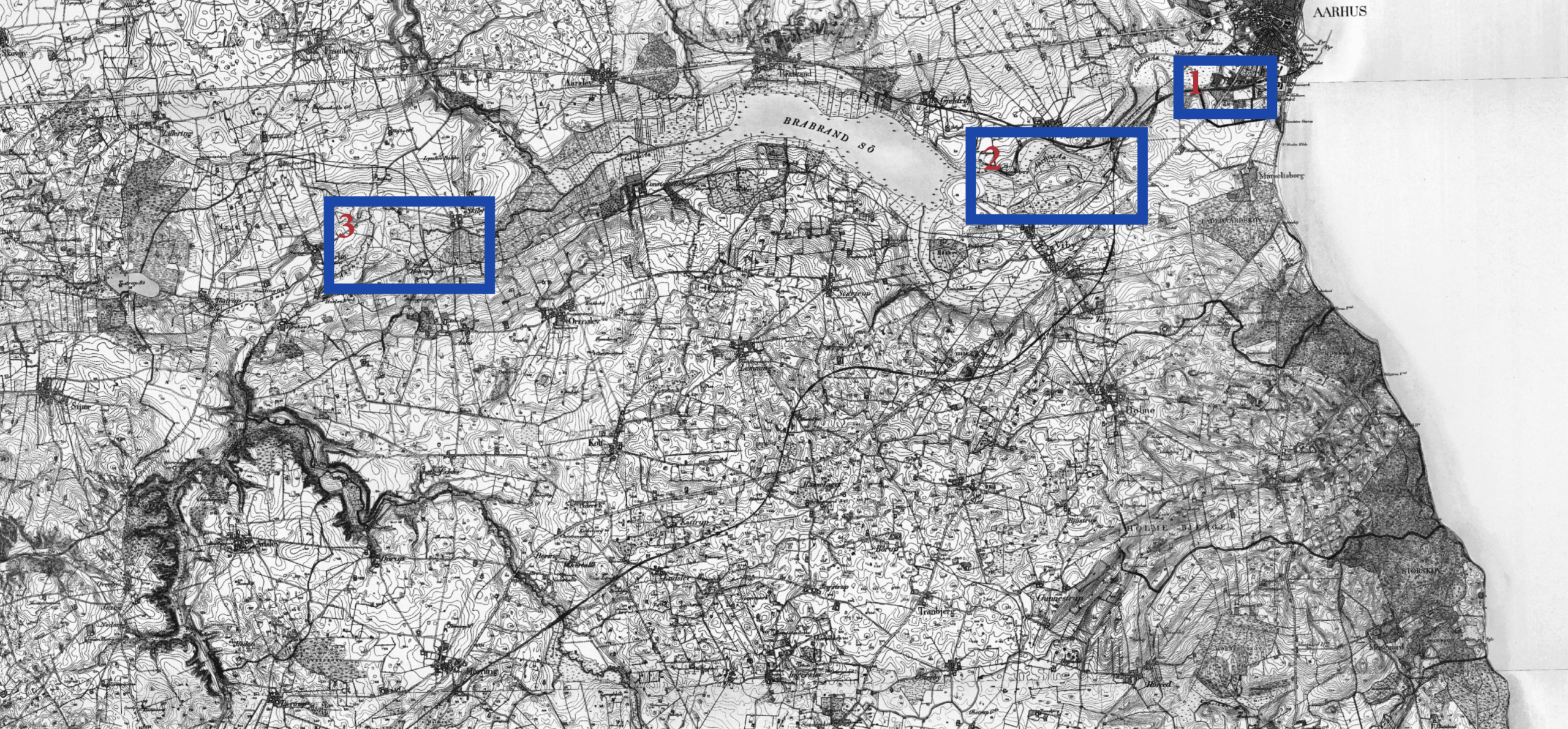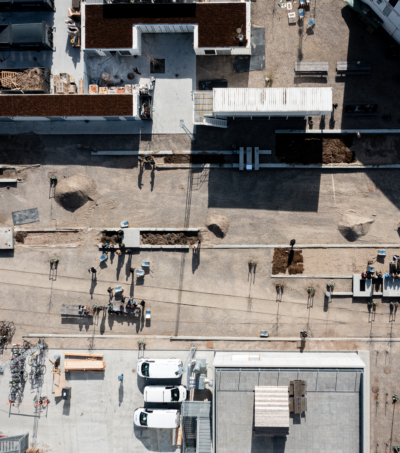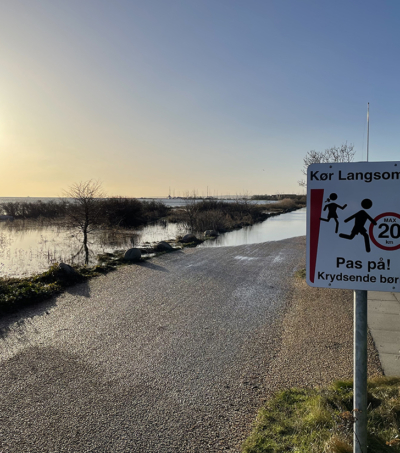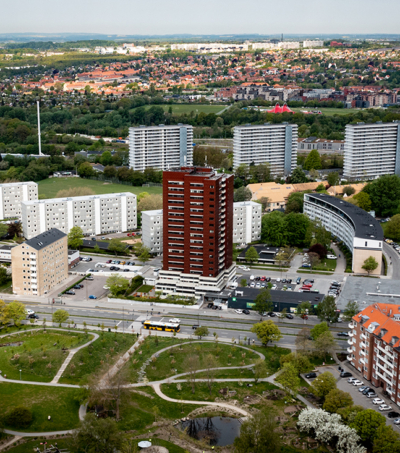Aarhus Landscape Laboratory was established in collaboration with Aarhus Municipality, BIOCHANGE – Center for Biodiversity Dynamics in a Changing World at Aarhus University and Natural History Museum Aarhus. The laboratory is based on a shared understanding that there is a lack of room for nature and that new insights within the field should be acquired through experiments. The lack of room for nature not only affects biodiversity in and around cities like Aarhus, it also shapes our perception of what nature can be and our perception of nature’s potential role in our everyday landscapes.
We want to create room for more nature in the city – both in our shared understanding of nature and in the physical space of the city. Our vision is based on developing, testing, and demonstrating attractive biodiversity as an integral part of urban landscapes, and on informing the potential of nature. We, however, also want to show that urban nature can be wild and untamed as well as profoundly aesthetic and beautiful. In order to realise this vision, we transform state-of-the-art research on nature, biodiversity, and landscape architecture into specific action-oriented initiatives in areas where we see a potential for creating a platform for dialogue, knowledge sharing, and demonstrations across disciplines. Our aim is to engange users as well as visitors. All experiments contribute to developing, testing, and demonstrating new ways of managing and administering urban landscapes.
Aarhus Landscape Laboratory comprises three project sites located at Godsbanen, Eskelunden, and Åbo Skov, a total area of around 100 ha. All of the three project areas are located along the Aarhus River, where they form part of a riverine landscape that stretches from the dense urban landscapes at Godsbanen, over transitional landscapes in-between the built and the more open and open landscapes of Eskelunden, to Åbo Skov and the forest landscapes on the periphery of Aarhus.










